At first glance, this dish appears to be covered in mold due to a layer of fine white fuzz enveloping the tofu. However, it is considered one of the “famous” delicacies of Anhui Province in China.
Anhui Province, China, is renowned for its diverse culinary landscape, featuring many unique dishes, among which the specialty of “moldy” tofu stands out. While it is a beloved dish among locals, it often makes foreign visitors hesitant due to its appearance resembling spoiled food.
With a flavor that rivals that of stinky tofu, “moldy” tofu tends to deter many from trying it because it looks like it is covered in a thick layer of mold.
True to its name, moldy tofu consists of white tofu pieces adorned with fine, long, fluffy strands that cling tightly to the surface.
The exterior of the tofu is covered by a dense, long, white fuzz that is soft to the touch, resembling mold found on spoiled foods. In fact, the dish has a strong odor that can make many travelers hesitate to sample it.
These fuzzy strands are the result of mold spores being cultivated on the tofu, giving it a texture similar to that of blue cheese. During the fermentation process, animal proteins are converted into amino acids.
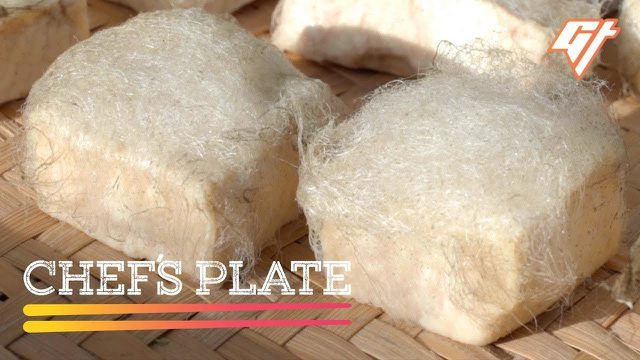
Moldy tofu makes many hesitant to try it.
Despite its unappealing appearance, moldy tofu does not pose any health risks. The white fuzz can make people wary, wondering if consuming this type of tofu is harmful.
In reality, Mucor mold on tofu is often found in wine as well. It has many beneficial properties and is completely safe for consumption.
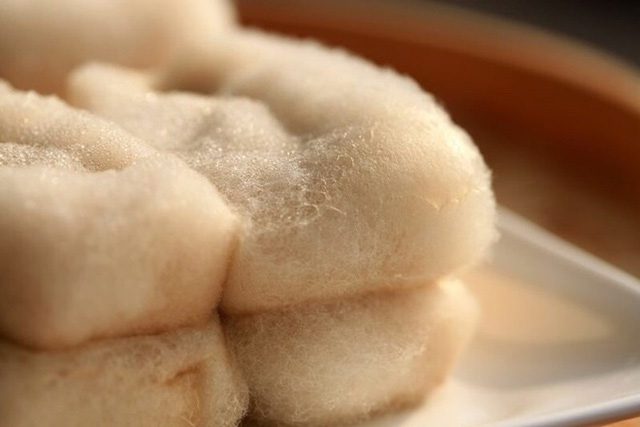
Close-up of the long fuzz covering the tofu.
In fact, moldy tofu is not widely known, even among Chinese people. However, the mountain communities in Anhui have been practicing this traditional method for centuries. For them, it is a delicacy passed down through generations over many centuries.
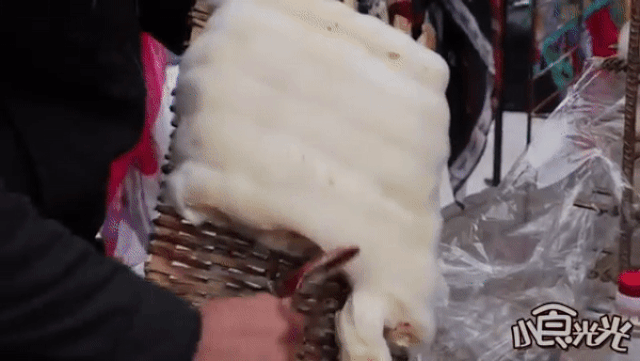
Moldy tofu is a dish not widely known, even among Chinese people.
After being inoculated with mold, the tofu pieces are dried outdoors in a cool and dry place at temperatures between 15 – 23 degrees Celsius. In summer, this process takes about three days, while in winter, it can take up to six days for the fuzzy strands to evenly cover the tofu.
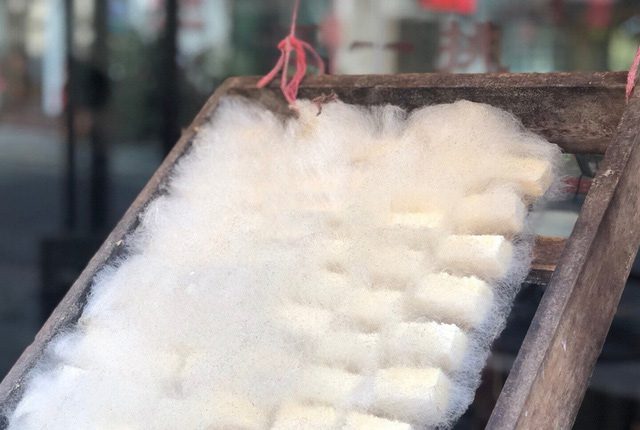
Every batch of moldy tofu must be carefully made, as a mistake can spoil the entire batch.
The right conditions of time, temperature, and humidity create the thick, fine fuzz on top. The production process requires careful attention to detail; a single misstep can ruin the entire batch.
With an odor not unlike that of stinky tofu, moldy tofu offers a unique firmness and richness. Only when the mold grows long enough and thickly enough do chefs harvest it for cooking.
From moldy tofu, the people of Anhui create countless delicious dishes, but the most popular are braised with meat or deep-fried.
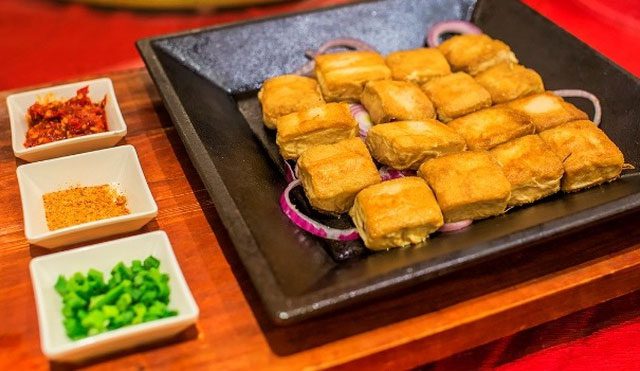
This dish has been present in Anhui Province for centuries.
For the fried version, the tofu pieces are first dipped in a mixture of beaten egg yolks, then immediately placed in hot oil to fry. They are cooked at high heat until they develop a crispy egg coating on the outside while maintaining a soft texture inside. Finally, a mixture of scallions, garlic, chili, and ginger sautéed with sugar and soy sauce is sprinkled on top.
Additionally, they can be sun-dried and soaked in rapeseed oil for longer preservation.
Watch the vendor skillfully prepare moldy tofu on the streets
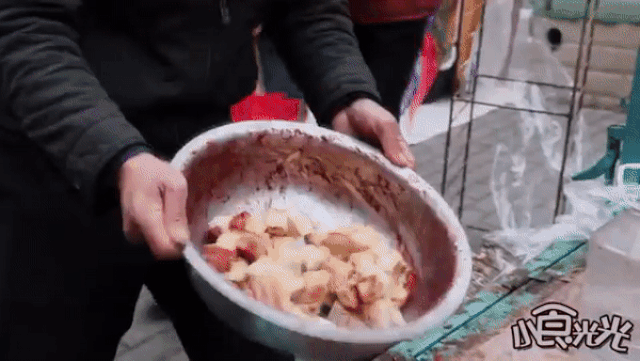
The vendor prepares moldy tofu into delicious dishes on the street.
Today in Anhui, visitors can enjoy this dish at various street food stalls. Thanks to its unique flavor, this dish has remained a beloved choice for hundreds of years without fear of being replaced.
Restaurants in China often prepare moldy tofu in simple ways to preserve its flavor, such as frying or braising it. Some street vendors get more creative, serving it in plates, diced, mixed with chili powder, salt, and a splash of white wine before serving it to customers.
For many trying moldy tofu for the first time, it might not be easy to take the plunge. However, overcoming initial fears can lead diners to fall in love with the enticing and unique flavor of this “famous” dish.




















































